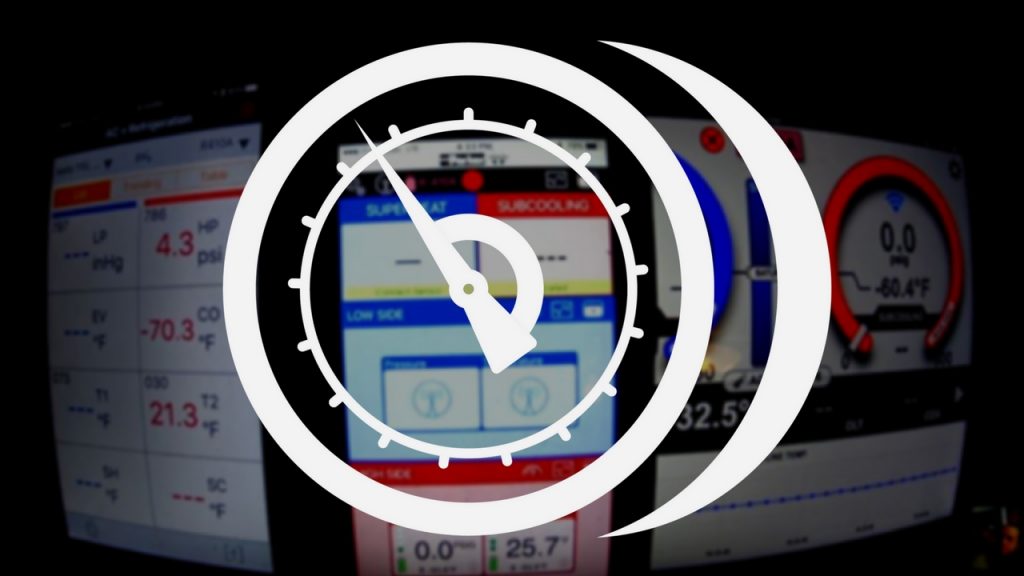Combustion Analysis w/ Stephen Rardon – Podcast

In this episode, Bryan talks to YouTube star Stephen Rardon about combustion analysis.
In Florida, we mostly have A/C units and heat pumps. High-efficiency furnaces are not in our wheelhouse, but furnaces are more like A/C units than you would imagine. Stephen Rardon makes some excellent comparisons between the two.
For example, you can get an idea of how an A/C system is running without checking superheat and subcooling. With a gas furnace, you can get an idea of how it's running without checking combustion. Of course, these are both general, and you lose out on knowing the specific parameters. In a sense, oxygen (O2) and carbon dioxide (CO2) in a high-efficiency furnace can be compared to superheat and subcool on an A/C system.
Going even further, we could say that a furnace's stack temperature is equivalent to airflow. Stack temperature indicates if the system is moving enough air to pull the heat off the heat exchanger. If the furnace can't adequately heat the air, then we have to look at how it's moving air in the first place.
Meter clocking is a bit controversial. There is an attitude that clocking meters doesn't matter, especially among old-school techs and ones who don't have a lot of experience clocking meters. However, it is a vital step for accurate combustion analysis. Knowing how many BTUs the system is dumping is a useful measurement, especially for diagnosis. You could compare it to a delta H reading on an A/C system; the number likely won't affect the outcome, but it helps you learn more about the system.
Bryan and Stephen also discuss:
- Stephen's HVAC YouTube journey
- Gas furnaces
- Underrated readings
- Fancy diagnostic tools
Follow Stephen HERE.
As always, if you have an iPhone, subscribe HERE, and if you have an Android phone, subscribe HERE.
Author:









Comments
Great to hear about combustion testing!!! Thank you for opening the doors to a invaluable practice to the listening ears. I’d like to throw a bone to the NCI…National Comfort Institute. They have an awesome Combustion class! With that said, Stephen had mentioned how this Trane unit was set at 4.5 inches in order to achieve proper BTU’s. Personally with the training and experience that I’ve had I see no issue in it if the tech had done it with a combustion analyzer. As Stephen had led to flame impediment can be a result of a high gas pressure, but didn’t mention that the Trane was experiencing as such. To me it sounded like a successful set up/tune up. Just for the sake of knowing, I’ve came across one new furnace and I’d be willing to bet that a 15 year furnace that I’ve personally have came across suffered from either one over sized orfice for the factory causing flame impingement of the heat exchanger resulting in high CO that wasn’t able to be taken out with the adjustment of gas pressure…we ultimately figured the issues out after replacing the units and looking at the heat patterns of the heat exchangers.
Great to hear about combustion testing!!! Thank you for opening the doors to a invaluable practice to the listening ears. I’d like to throw a bone to the NCI…National Comfort Institute. They have an awesome Combustion class! With that said, Stephen had mentioned how this Trane unit was set at 4.5 inches in order to achieve proper BTU’s. Personally with the training and experience that I’ve had I see no issue in it if the tech had done it with a combustion analyzer. As Stephen had led to flame impediment can be a result of a high gas pressure, but didn’t mention that the Trane was experiencing as such. To me it sounded like a successful set up/tune up. Just for the sake of knowing, I’ve came across one new furnace and I’d be willing to bet that a 15 year furnace that I’ve personally have came across suffered from either one over sized orfice for the factory causing flame impingement of the heat exchanger resulting in high CO that wasn’t able to be taken out with the adjustment of gas pressure…we ultimately figured the issues out after replacing the units and looking at the heat patterns of the heat exchangers.
To leave a comment, you need to log in.
Log In